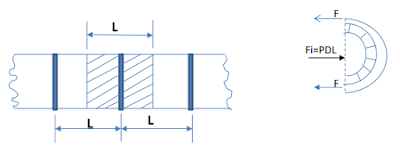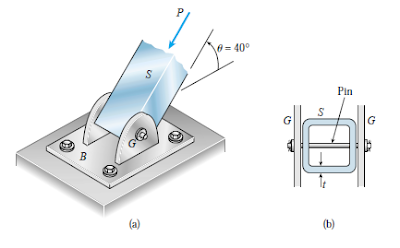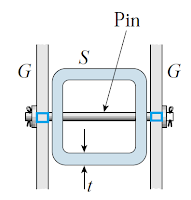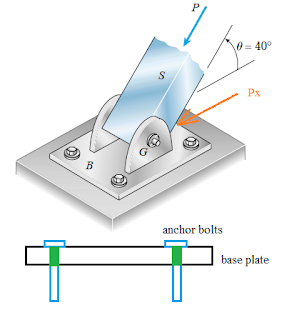The Board of Civil Engineering is a collegial body under the administrative supervision by the Commission. The Bill forwarded by Senator Lacson (approved on 31st of March 2011) includes the composition of the Board with four members and a chairman, all of which shall be appointed by the President of the Philippines, upon the endorsement of the Commission).
- Selection of members. The said members are selected from the list submitted by PICE. This list considers three (3) nominees for each position.
- Selection of the chairman. The President of the Philippines will appoint the chairman from among the members of the Board.
*In contrast with the Bill from Senator Lacson, the condensed version which is currently applied states that 2 members are involved in the Board instead of 3.
7.1.1. TERMS OF OFFICE
The Board members shall hold office for a term of three (3) years after their appointment. The first Board members hold office for the following terms:
- Chairman - three years
- 2 members - for two years
- 2 members - for one year
Each member will be qualified by taking proper oath of office. And any member may be removed by the President of the Philippines after given opportunity to defend himself in the administrative investigation of the Commission. During investigation, the member is suspended under the power of the President and a temporary member is appointed. Grounds for termination are:
- Neglect of duty
- Incompetence
- Malpractice
- Unprofessionalism
- Unethical
- Immorality
- Dishonorable conduct
Vacancies in the Board shall be filled only on the unexpired term.
No member shall be appointed more than two consecutive terms.
7.1.2. POWERS AND DUTIES OF THE BOARD
The board has the authority to:
- Administer oaths, issue, suspend, revoke, and reinstate certificates of registration and professional identification card for the practice.
- Issue and revoke special temporary permits
- Investigate such violations of this Act and the regulations, and issue subpoena and subpoena duce tecum in connection with charges presented to the Board
- Inspect
- educational institutions offering courses in civil engineering
- Civil engineering works, projects, or corporations
- Discharge such powers and duties as may affect ethical and technological standards of the profession
7.1.3. PROMULGATION OF IMPLEMENTING RULES AND REGULATIONS
Rule and regulations are made known in different ways:
- The latest editions of the Civil Engineering Code and Manual of Professional Practice (prepared by PICE)
- The PICE shall prepare a code of ethics in the practice
- The Board shall also adopt an official seal to authenticate its official documents
7.1.4. QUALIFICATIONS OF BOARD MEMBERS
At the time of appointment each Board member shall be:
- A citizen and resident of the Philippines
- At least 30 years old and of good moral character
- A holder of a bachelor's degree in Civil Engineering from a recognized institution
- A Civil Engineer duly qualified to practice in the Philippines
- Has practiced for a period of not less than 10 years before his appointment. At least 5 years as
- Civil Engineer-of-record
- Civil Engineer In-charge of Construction
- Civil Engineer Prime Professional
- Not a member of faculty of any institute teaching Civil Engineering course
- An active member in good standing of the PICE
7.1.5. COMPENSATION OF THE BOARD
The Board members shall receive compensation the sum compared to the amount received by similar members in other existing professional regulatory boards.
The compensation is computed as:
- 100Php each application for examination
- 50Php for each certificate registration
- 15Php for each applicant examined (each Board member)
An appointed Board member in the service of the government shall receive compensation as stated above in addition to his salary in the Government.
7.1.6. ANNUAL REPORT
The Board shall submit to the Commission a detailed report of its activities and proceedings during the period covered at the end of each fiscal year.
RELATED ARTICLE:
7.0. RA 544: CIVIL ENGINEERING LAW
RELATED ARTICLE:
7.0. RA 544: CIVIL ENGINEERING LAW





